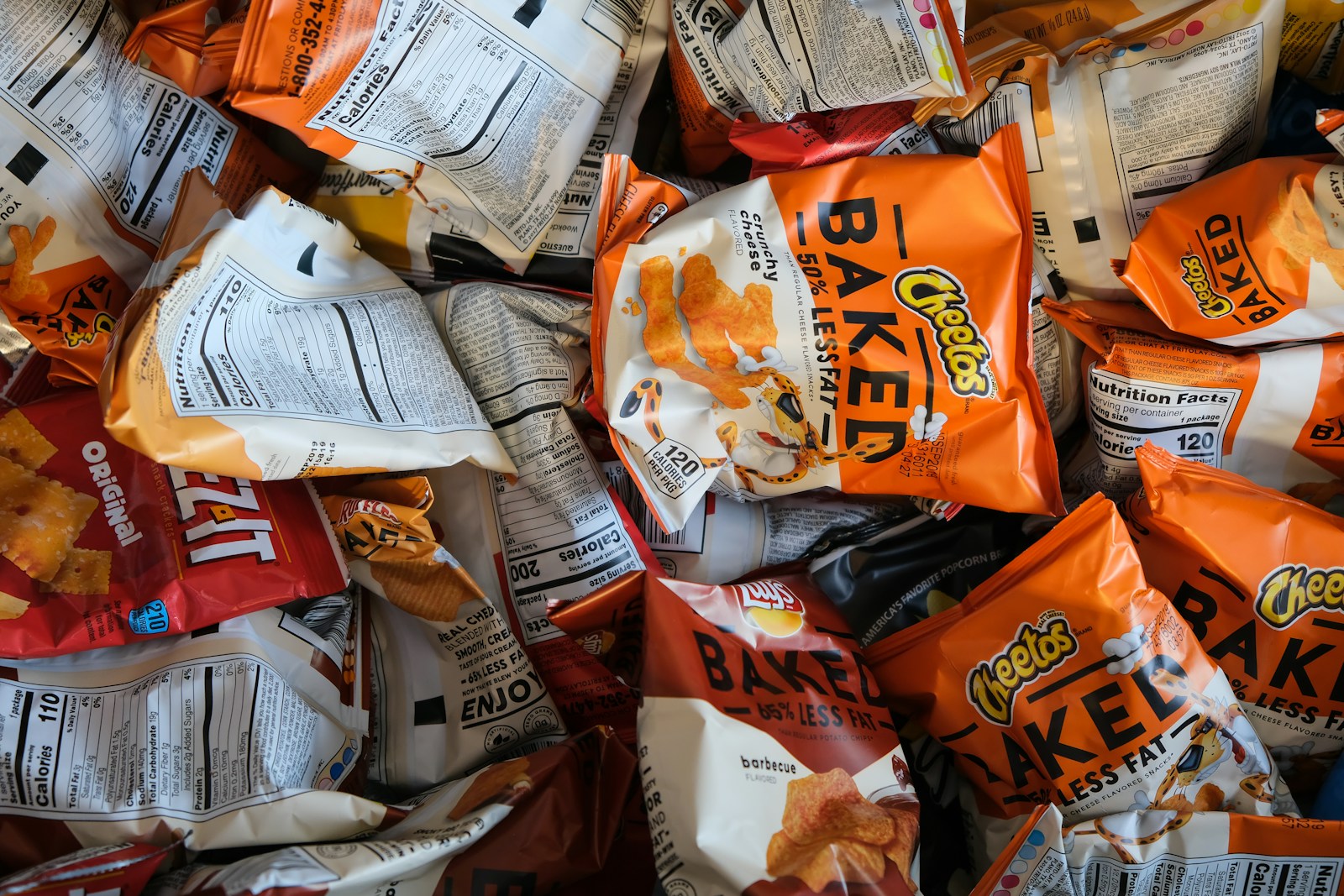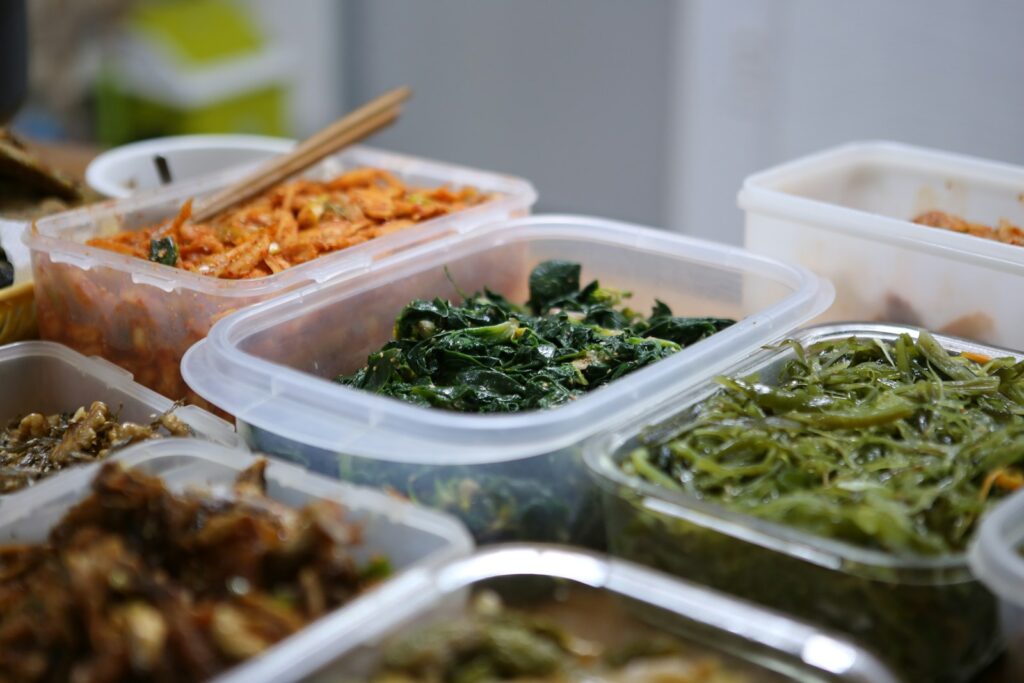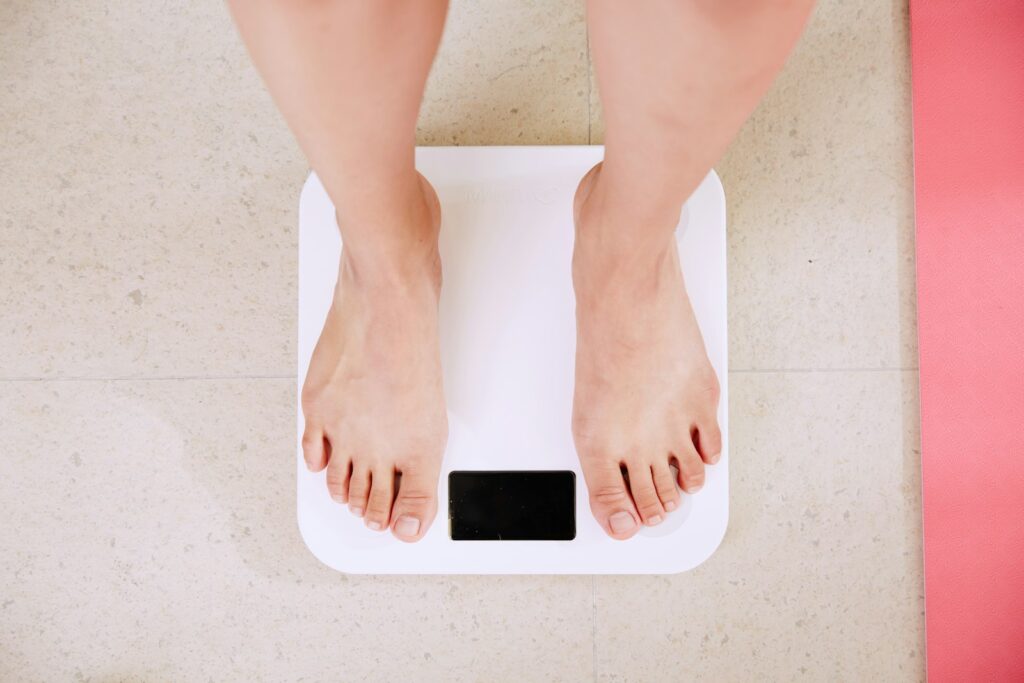Walk through any grocery store and you’ll see packages covered with buzzwords like natural, low-fat, or made with whole grains. It’s easy to assume these labels guarantee a healthy choice—but often, they don’t tell the entire story. Many “healthy” packaged foods are loaded with hidden sugars, sodium, or additives that undermine their claims. Knowing how to see past the marketing is the key to making smarter decisions.
Why Labels Can Be Misleading
Food companies know that shoppers want to feel like they’re making good choices. That’s why terms like organic, gluten-free, or all-natural are front and center on packaging. But these labels don’t necessarily mean the product is nutrient-dense. For example, a “low-fat” snack may be high in sugar, while “gluten-free” cookies can still be packed with empty calories.
The problem isn’t always that these foods are harmful—it’s that their marketing often exaggerates benefits while downplaying drawbacks. Relying solely on packaging claims can trick you into believing you’re eating healthier than you are.
The Psychology Behind Food Marketing
Packaging isn’t just about what’s inside—it’s designed to influence your decisions. Bright colors, health buzzwords, and even the placement of food in the store are deliberate strategies to make products seem more appealing. When we see “low-fat” or “made with real fruit,” our brains often assume the entire product is healthier than it is. Being aware of these marketing tactics helps you pause before buying and ask: Is this product really what it claims to be?
Read More: Mood and Microbiome: How Gut Health Impacts Your Mental State
Simple Rules to Cut Through the Hype
To make healthier choices without overthinking every purchase, try following a few guiding principles.
First, if the ingredient list is longer than a few lines or filled with words you can’t pronounce, it’s likely that the product is heavily processed.
Second, the fewer claims on the front of the package, the more likely it is to be closer to a whole food. Finally, remember that no single packaged item will make or break your diet—it’s the overall pattern of eating that matters most.
Common Traps in “Healthy” Packaged Foods
Several common red flags show up in foods marketed as healthy:
- Hidden sugars: Phrases like cane juice or brown rice syrup are still sugar in disguise.
- High sodium levels: “Low-fat” soups or snacks often compensate with extra salt.
- Overly processed ingredients: Even “whole grain” cereals may include refined flours and additives.
- Tiny serving sizes: Packages list small serving sizes to make calorie counts appear lower.
These tactics create the illusion of health without offering real nutritional value.
How to Shop Smarter
The good news? You don’t need to avoid packaged foods entirely—you need to know what to look for. Start by reading the nutrition label rather than relying on front-of-package claims. Check the first three ingredients, as they comprise the bulk of the product. Look for shorter ingredient lists that include items you recognize, and pay attention to the sugar and sodium content.
Another smart strategy is to shop the perimeter of the grocery store, where whole foods like fruits, vegetables, and proteins are usually located. When you do buy packaged items, choose those that complement—not replace—a foundation of fresh, whole foods in your diet.
Read More: How to Build a Better Morning Routine (That You’ll Actually Stick To)
The Takeaway
Not all “healthy” packaged foods live up to their labels. By learning to read nutrition facts, checking ingredient lists, and focusing on whole foods, you can avoid marketing traps and make truly nutritious choices. Awareness is the first step toward eating smarter, one purchase at a time.




